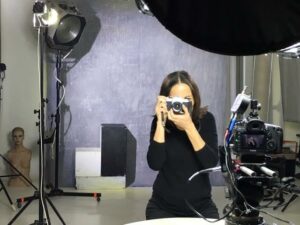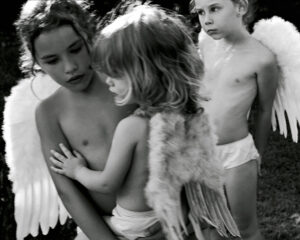The use of photography to explore identity in contemporary art.
Identity has been a major theme pursued by photographers in Contemporary art throughout history.
Photography is a powerful tool for conveying social, political, spiritual, cultural and philosophical ideas. A non-commercial photograph can effectively evoke emotion and insight in relation to a specific theme or subject. By using photography as a form of self-expression, artists can explore their own identities, as well as the identities of others, in a way that is both personal and universal.
Using photography to question of natural verses manufactured identities
Contemporary art photography is not necessarily figurative, focus being on the message or idea conveyed, rather than the capturing of a moment or an actual situation. An art photograph may simply evoke an emotion and/or convey a message. This is achieved by means of abstract visual suggestion or metaphorical representation.
Personhood is common to all humans. The diversities of our identities however and the way we perceive ourselves and our realities is remarkably complex. Photography is such a powerful visual vector. It is an ideal medium to explore the complexities of identity.
Self portrait Photography and transformation - exploring who I am.
Each individual is subjective to an array of determining factors which influence his/her sense of identity. These factures, such as culture, childhood or education are rich personal narrative sources for photographers in contemporary art.
Self portrait artist Cindy Sherman uses photography to creates complex narratives depicting herself as various personages, each with their own unique identity and in specific situations.Her images convey ideas and questions relating to her identity as an American woman of the 20th century.
Cindy Sherman is a major female contemporary art photographer and has been a huge influence for artists like myself. Having originally studied painting, Sherman took up photography in the early 70’s and began shooting some major signature works such as Bus Riders (1976–2000) Untitled Film Stills, (1977–80) and The Centerfolds (1981) In these works the artist focuses on how identity is constructed and influenced by societal expectations and norms. Cindy Sherman embodies her subjects in imaginary metaphorical situations and themes relating to femininity and female social roles, sexuality, gender, and memory.
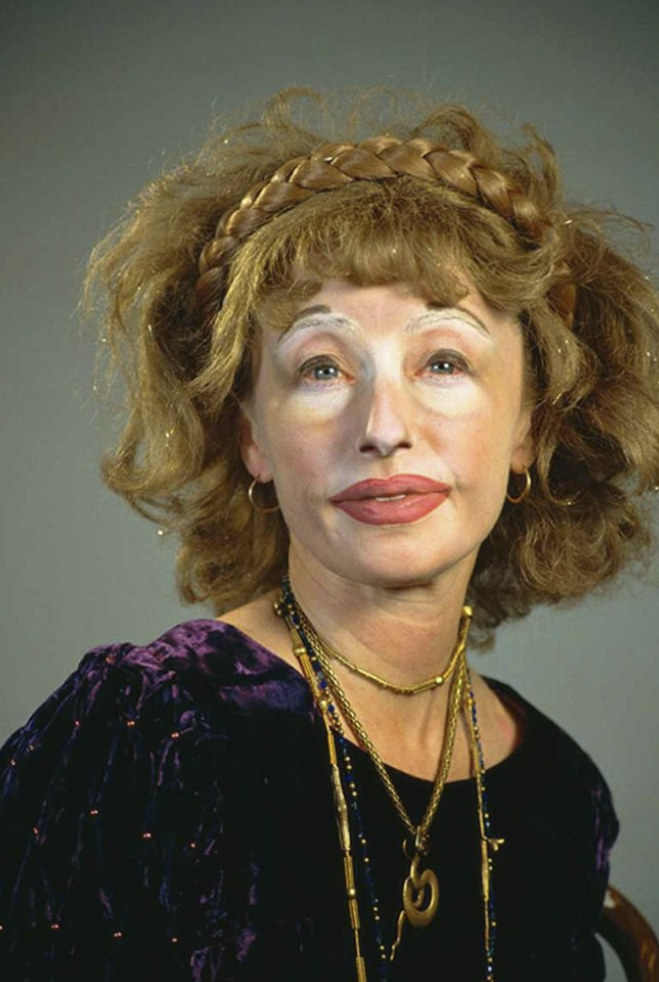
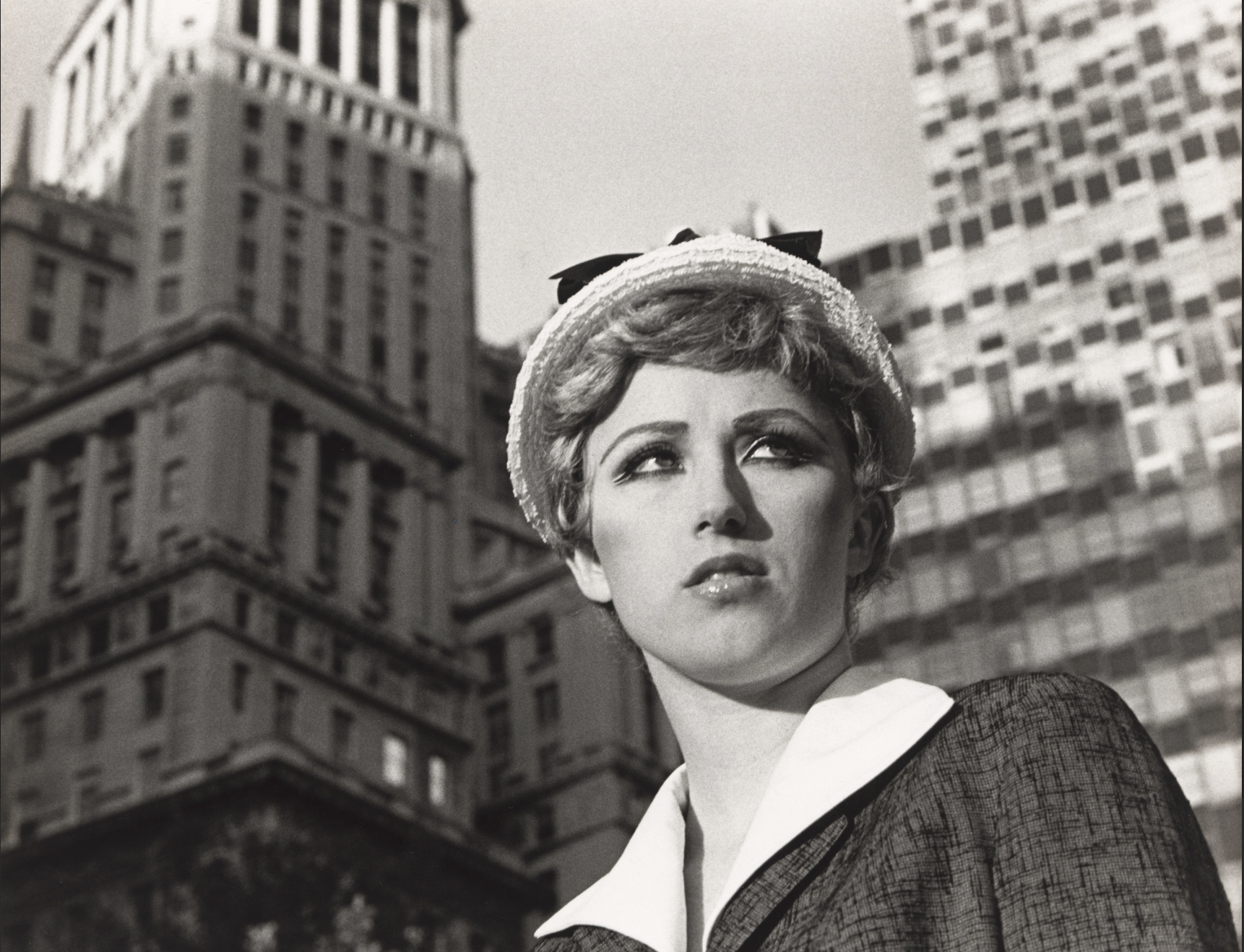

Photography and mixed media to represent identity in contemporary art
Many artists use not only photography but image base mixed media to express ideas related to identity. Through photography and mixed media, artists can construct a sense of who we are as individuals, as a society, a gender, race or nation. This form of artwork often reflects upon many of the ideas and customs which society values as well as problems we may face individually or collectively.
As a professional photographer, image is pretty much always at the core of my work but sometimes I extend this form beyond a printed photo.
Singing Autoportrait –The world Survival Tour (1966-2006) is an autobiographical installation composed of image and sound. This interactive piece is an ironic comment on my personal experience in the beauty industry. The mixed media installation explores the inconfortable intersection between natural and manufactured identities. “When valued for your plastic, nobody cares what you have to say”
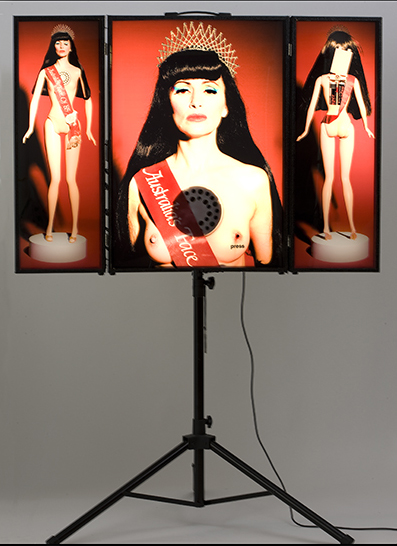
Singing Autoportrait - the world survival tour 1966-2006 ©Julianne Rose
The complex ambiguity between personal projection and real identity
More than ever, today our perception of identity can be effected and masked through image manipulation and intricately evolved consumer marketing systems.
This “aseptisation” of images, often appears to erase all traces of possible suffering, error, injustice and other such realities related to a specific subject, thus anethetizing our societal senses.
When does photography become art ?
Art is a manifestation of society and can be a reflection of people’s intricate identities.
Some photographers strive to provoke reflections and questions, beyond simple photographic images, on complex and contradictory issues, like identity,. This is where photography becomes art rather than just photography. It’s not so much about the image taken by the artist but the message or emotion the artist strives to evoke through the photograph.
Through the use of photography, artists are able to create thought-provoking images that challenge our assumptions and encourage us to think more deeply about the ways in which identity is constructed and represented.
Human values Vs objective values
My artwork explores the complex ambiguity between human & objective values.
The images I create strive to evoke an initial sensation of esthetically flawless beauty which is then gradually accompanied by a deeper, unsettling sensation. This uncomfortable position intends to awaken questioning of the boundaries related to one’s own personal perception of identity.
The subject of identity and the visual exploration of intersections between natural and manufactured identities is complex and fascinating. The notion of identity is a recurrent theme in my photography:
Reflections on duality/ambiguity, construction/deconstruction order/disorder

